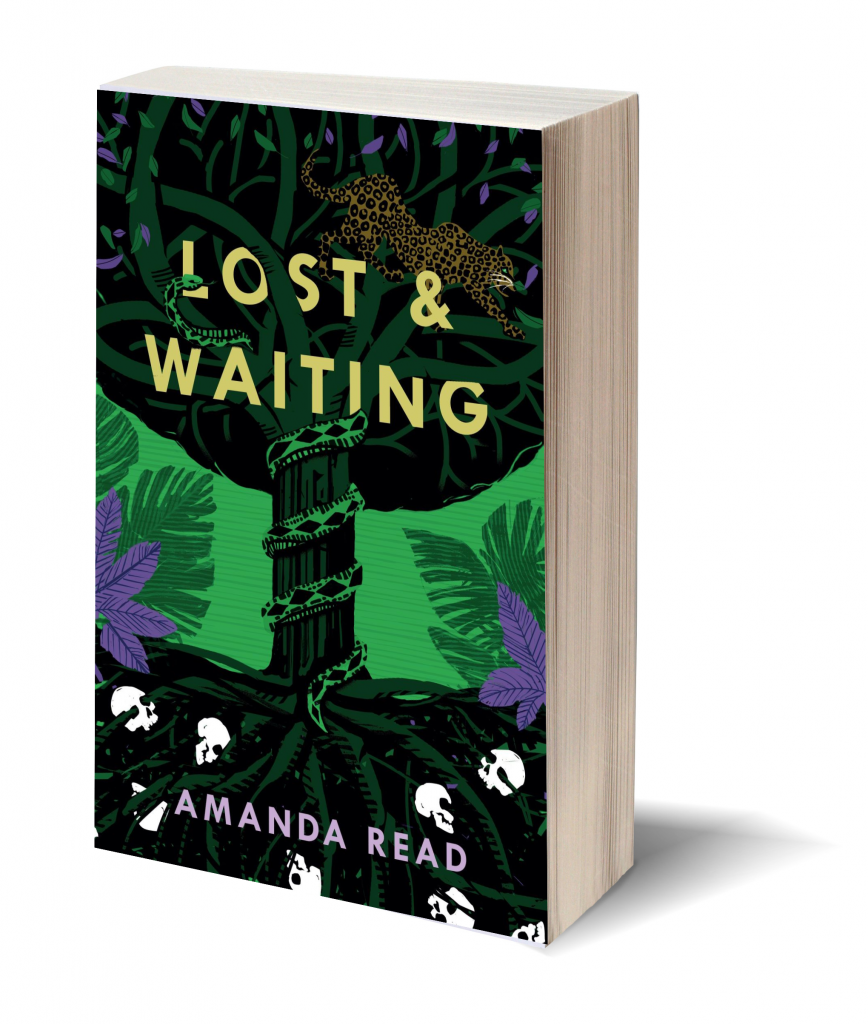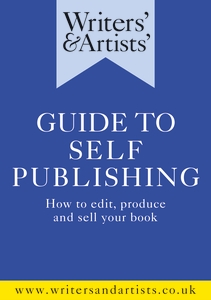
Whether an author is published traditionally or independently, marketing is essential for book sales.
I will be writing about different aspects of marketing in future blogs, but here I want to focus on Amazon and the author.
Amazon Author Page
As Amazon holds around two-thirds of the global online book market, it is not a bad idea to have an Amazon author page. It is freely available to all published authors. Note, however, not every Amazon store has the author page facility, Amazon Australia being one example.
Depending on your ‘local’ (Amazon territory) store, your author page can display multimedia, such as photos, short (1-2 minute) trailers, videos of readings or talks, plus a biography, and other information.
Bear in mind, most guidance for Amazon authors appears to be written for the American author. This includes the advice given on Kindle Direct Publishing (more on this later), which uses American publishing standards, including imperial measurements, as formatting examples.
Amazon Author Central
Guidance is similarly US-centric on Amazon Author Central. This is a free service allowing authors to market their books listed in Amazon’s catalogue. It is where you create your author page. When I set up my author page, I kept coming across advice to add editorial reviews but I couldn’t find how to do so. That is, until I went on the Amazon.com Author Central page. The US site enables you to provide much more information about your book.
This highlights the issue that for each marketplace you will have to go into the respective Author Central store, UK, US, Germany, France, Italy, Spain, Japan, etc. to add the information.
Customer reviews on one Amazon store don’t always make their way across to another. As a British author, my initial customer base is in Amazon.co.uk, and this is where I have received most reviews, but few of these reviews yet show in the US.
Author Central.com offers a legitimate way around this. This is where you can update the book data, with editorial reviews. Select up to six of your UK customer reviews and condense them down to just 1-2 lines per review. Choose the sentences which best reflect the different qualities of your book, using ellipses if necessary.
An editorial review is a more formal evaluation of a book usually written by an editor or expert within a genre, but can also be written by family and friends. (my underline)
Customer Reviews Guidelines Frequently Asked Questions from Authors, Amazon
Self-Publishing with Amazon: KDP
Kindle Direct Publishing (KDP) is Amazon’s self-publishing arm. It is free to use, and your book will be available across all Amazon stores.
If you enroll in KDP Select, you grant Amazon exclusivity on your ebook (exclusivity does not apply to paperbacks). For this, you may (subject to retail price and territory) be eligible for 70% royalties on the ebook, in comparison with 35% royalties for those outside KDP Select. You will (if you are in the US or UK) also have access to promotions, namely the countdown deal or the free book promotion.
The exclusivity is for a period of 90 days, which automatically rolls over for another 90 days, unless you opt out.
Things you might want to consider before enrolling in KDP Select are Amazon’s share relative to other providers of the ebook market in your focus territory. For instance, Kobo has almost 25% of the Canadian ebook market.
Amazon also prevents distribution of free pre-sales copies of your ebook to generate reviews. By contrast, Smashwords offers Smashwords Presales, a book launch tool enabling the creation, management and merchandising of ebook presales. Their offering allows readers to purchase and read a new book before the public release date. (Mordor Intelligence, 2019)
A Note on ISBNs
Amazon claims an ISBN (International Standard Book Number) is not necessary. If you aim to sell your book to libraries and high street/independent bookshops in the UK you will need an ISBN registered with Nielsen’s Book Services.
Restrictions on Advance Reader Copies (ARCs)
The distribution of Advance Reader Copies (ARCs) creates a buzz around the release of a new title. Traditional publishers use platforms such as NetGalley to distribute in the region of 200 copies of a book. ARCs are usually made available around two to six months in advance of release date.
On distribution of free copies of your ebook, the terms of the KDP Select membership state:
You may provide professional reviewers with a copy of your book via email for the purpose of editing, proofreading and helping with other quality improvements.
If the digital version of your book appears to be available for pre-order, for sale, or for free elsewhere (such as on your website or blog, or a third party’s website), it is not eligible for KDP Select.
KDP Select Terms and Conditions
The above wording seems ambiguous and some book review services take the more positive spin on these conditions, but be cautious.
If you are of a more cautious bent, and don’t want to risk using an external book review service to distribute Advance Reader Copies (ARC) of your forthcoming novel, does Amazon have an alternative?
Not really, but once the book is released you can run a price promotion to attract readers, thus maximising the book’s potential to generate reviews.
You will be allowed to order a maximum of five proof copies of your paperback which come with a ‘Not for Resale’ watermark on the cover and a unique barcode but no ISBN.
See the section below on Customer Reviews.
Pre-publication
In this pre-publication period, you should be drumming up interest in your book. One often used method is to hit social media with cover reveals, and to follow this up with a countdown to the date of publication.
For the cover reveal a good quality cover image is essential. As launch date looms closer, you will want to post a photo of your beautiful book. Therein lies a problem: Amazon won’t print the book until it is released.

A workaround for social media, is to create a 3D image of your book using the cover. This can be done easily, using online software.
Here’s one I made earlier!
Orders of author copies (that is, at production cost, plus taxes and shipping) tend to be processed last in the queue – it isn’t in Amazon’s interests to fulfil your order quickly as the order doesn’t generate revenue.
My author copies took ten days post-launch date to arrive. In the end, I resorted to ordering a couple of full price copies. One of which I had offered as a prize in a competition. To me, it would have seemed a little sloppy if the prize wasn’t posted out soon after the competition’s close.
Pre-orders
You are allowed to make your ebook (but NOT your paperback) available to pre-order. And once the novel is released, you can run a price promotion.
You are also allowed to buy author copies of the paperback (up to a generous limit per order) at production cost (plus taxes and shipping). You will not earn royalties on these copies, but you can distribute them as you wish.
Categories & Keywords
KDP’s guidance is fairly helpful, so I won’t overwork this aspect.
Categories are the primary source of visibility you’ll get from Amazon. Use them, and use them well. Do your research to ensure you choose categories that reflect your book.
Keywords impact where your book shows up in Amazon searches. You can enter up to seven keywords – do this. And make them long. In other words, think of your potential customer typing in a phrase, eg. ‘a book with a kick-ass heroine’, omit the connecting words to give a long keyword something along the lines of ‘female protagonist main character kick-ass heroine’. Don’t waste space by duplicating words you already have in your book description, or the title – when a customer keys in their search terms, Amazon’s search looks at all this information.
Expanded Distribution
With KDP you have the option for expanded distribution to US distributors beyond Amazon, such as Barnes & Noble.
Eligibility for expanded distribution depends on your book’s trim size (height and width), ink (black or colour), and paper (white or cream). Other requirements apply also.
I wanted my book to match the format of others in the same genre, a format which is pretty common, in the UK at least, but which is not eligible for what initially appears to be a not-to-be-missed marketing opportunity.
Wait! Before your dispense with the aesthetics of your book, be mindful that enrolment in expanded distribution does not guarantee your book will be accepted by distributors or ordered by a particular bookseller or library.
ebook Formats
The most common ebook formats are .mobi and .ePub.
When you publish with KDP, you don’t get to own a file in a readable ebook format. Free online file converters are available and will convert Word documents, and to a lesser extent PDFs, to your chosen ebook format. The formatting may lose something in translation, but I have seen many NetGalley books with poor formatting. All you need to do is to ask your reviewers to ignore the formatting.
Linking Social Media to your Book Listing on Amazon
Each Amazon store has a different url. When you copy and paste the link from your local store into your favoured social media platform, you will drive all your followers to that one store. If your follower is from Mexico and they click on the link you provide for Amazon.co.uk, they will then have to click on a further link to be taken to their local Amazon store. The golden rule is to minimise the number of clicks a user is forced to make, before you lose their interest.
Booklinker.net works like Bitly.com, in that it provides a short link to a website that you can copy and paste into your tweet (handy when you’re trying to stay within Twitter’s character limit). The advantage of Booklinker is that it provides one universal link for all Amazon stores.
Customer Reviews
Only 2-10% of readers will leave a review.
Reedsey
Customer reviews social proof your book. For the self-publisher, reviews are even more important as most of your sales are likely to be online. And if you want your book to continue to sell, it will need a steady stream of fresh reviews.
The number of reviews can add more social proofing than the reviews themselves. The number is listed alongside the book, while a customer must scroll down some way to read the reviews.
More reviews starred higher means more click-throughs to your Book Page, means more conversions, i.e. sales.
Mythbusting The Amazon Algorithm Part II: Amazon Lists, Products, and Sales (Self-Publishing Review, 2016)
I’ve already mentioned book review services that usually charge the author to offer your ebook free to generate reviews. While many of the reviewers engaging with these services diligently write reviews and post them to their blogs as well as to Amazon and Goodreads, it is worth remembering that readers who seek out free books don’t always want/are able to pay for books. Therefore, their status with Amazon may not be sufficient for them to leave a review.
Amazon’s Community Guidelines state:
To contribute to Community Features (for example, Customer Reviews, Customer Answers), you must have spent at least £40 on Amazon.co.uk using a valid payment card in the past 12 months.
Amazon UK
While unverified reviews are not capped for books (at the time of writing), you want to aim for more verified reviews, that is, from readers who have bought the book.
Bottom Line
As with all things, do your research before you decide on your marketing strategy.
Amazon provides all authors with the means to engage with their audience, but each Amazon store, or territory, holds your author data independently, and not every store allows you to input the same level of information.
Amazon isn’t the only route for independent publishing, but it does give you access to the biggest market, for the time being, at least.
To publish independently with Amazon, you have to adopt a different marketing strategy from the traditional route. Unless you want to test the rigours of Amazon’s terms and conditions, you won’t be able to send out ARCs. However, it is worth remembering that traditionally published books have a shelf life of, on average, six months. After this time, the bookshops return the unsold copies to the distributor. By contrast, Amazon’s print on demand model of publishing ensures your book will stay in print for as long as people want to read it.
Publishing independently takes time and effort, and for the majority of independent authors, particularly first-timers, returns on your marketing efforts don’t happen overnight.
If you found this article helpful, you might also be interested in my post on Goodreads for authors
Recommended Reading

Writers’ & Artists’ Guide to Self-Publishing: How to Edit, Produce and Sell Your Book. Gives balanced advice on the different options available.









Thanks for this informative post – so much to think about!
You’re very welcome.
Actually, I’ll be adding more to this article, so check back from time to time.
There are a lot of urban myths about Amazon which you’ll no doubt get to hear when you first launch your book. Always fact check.